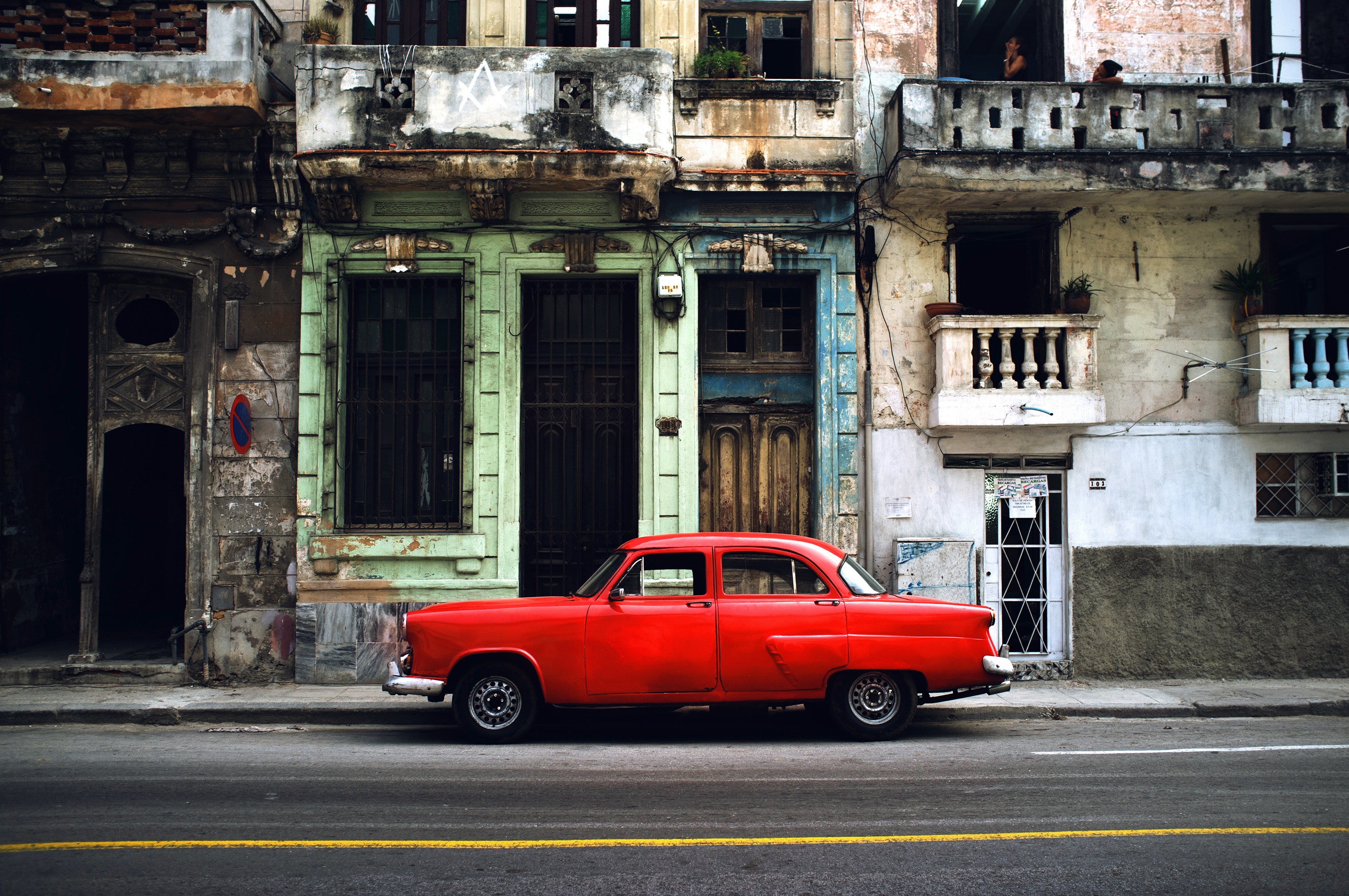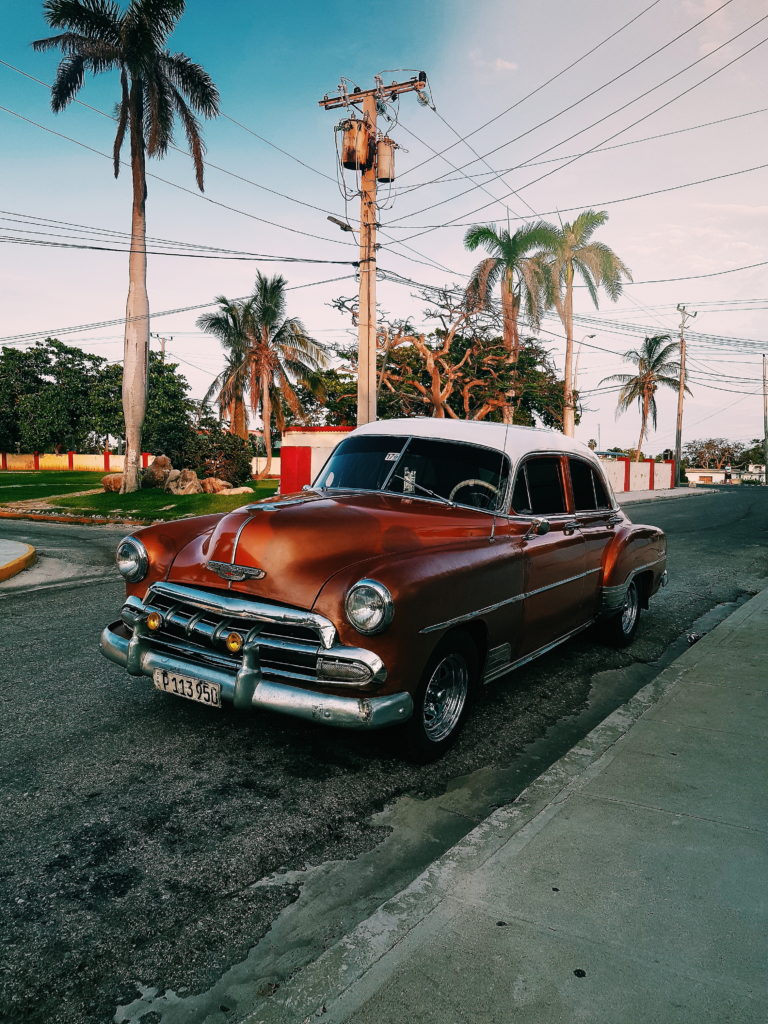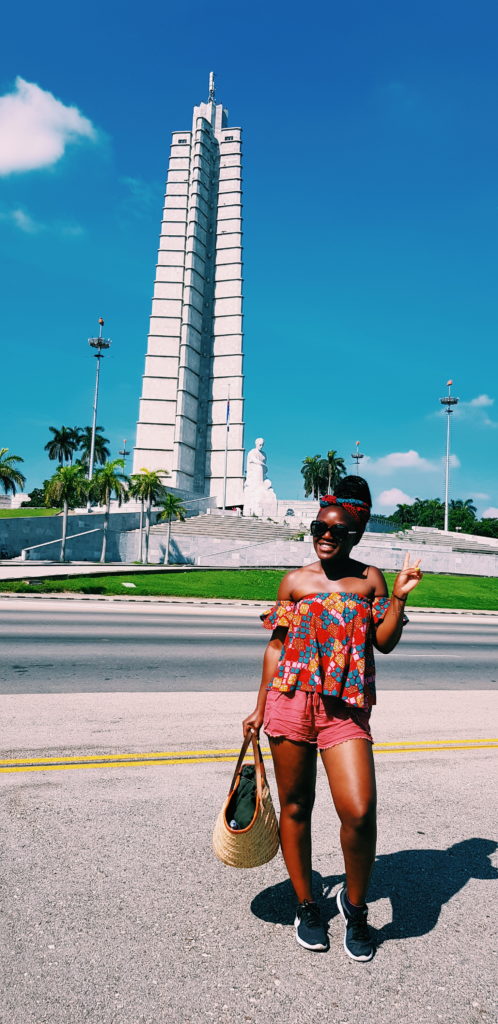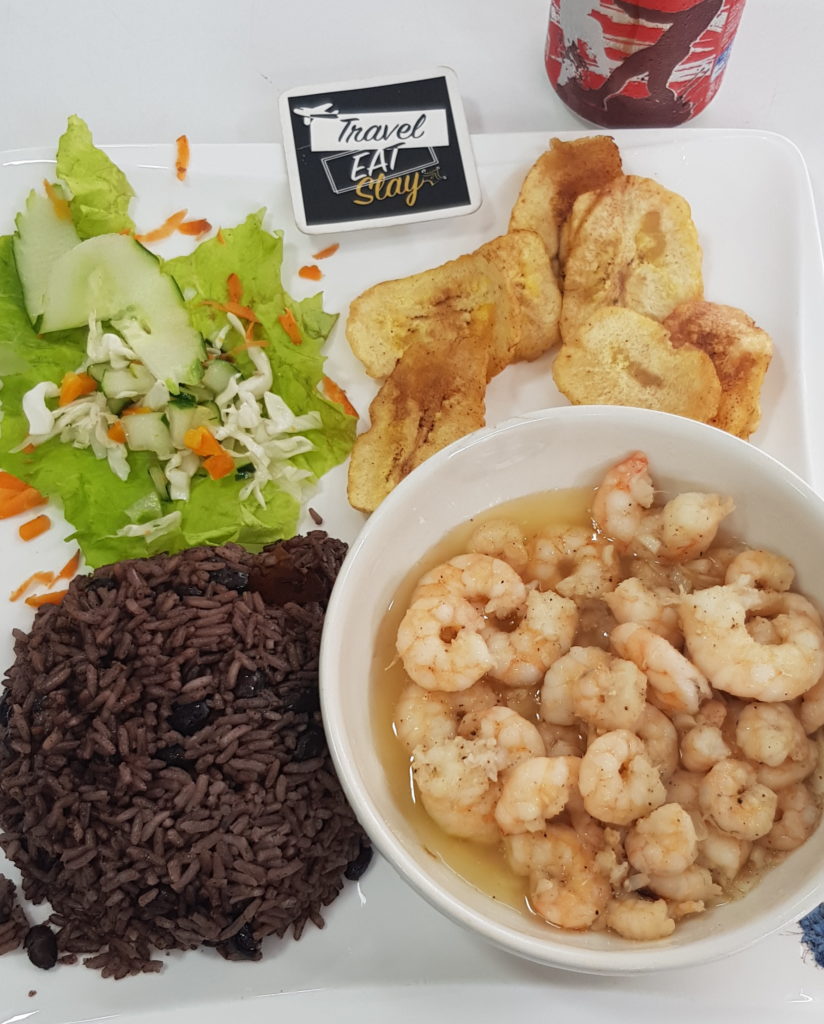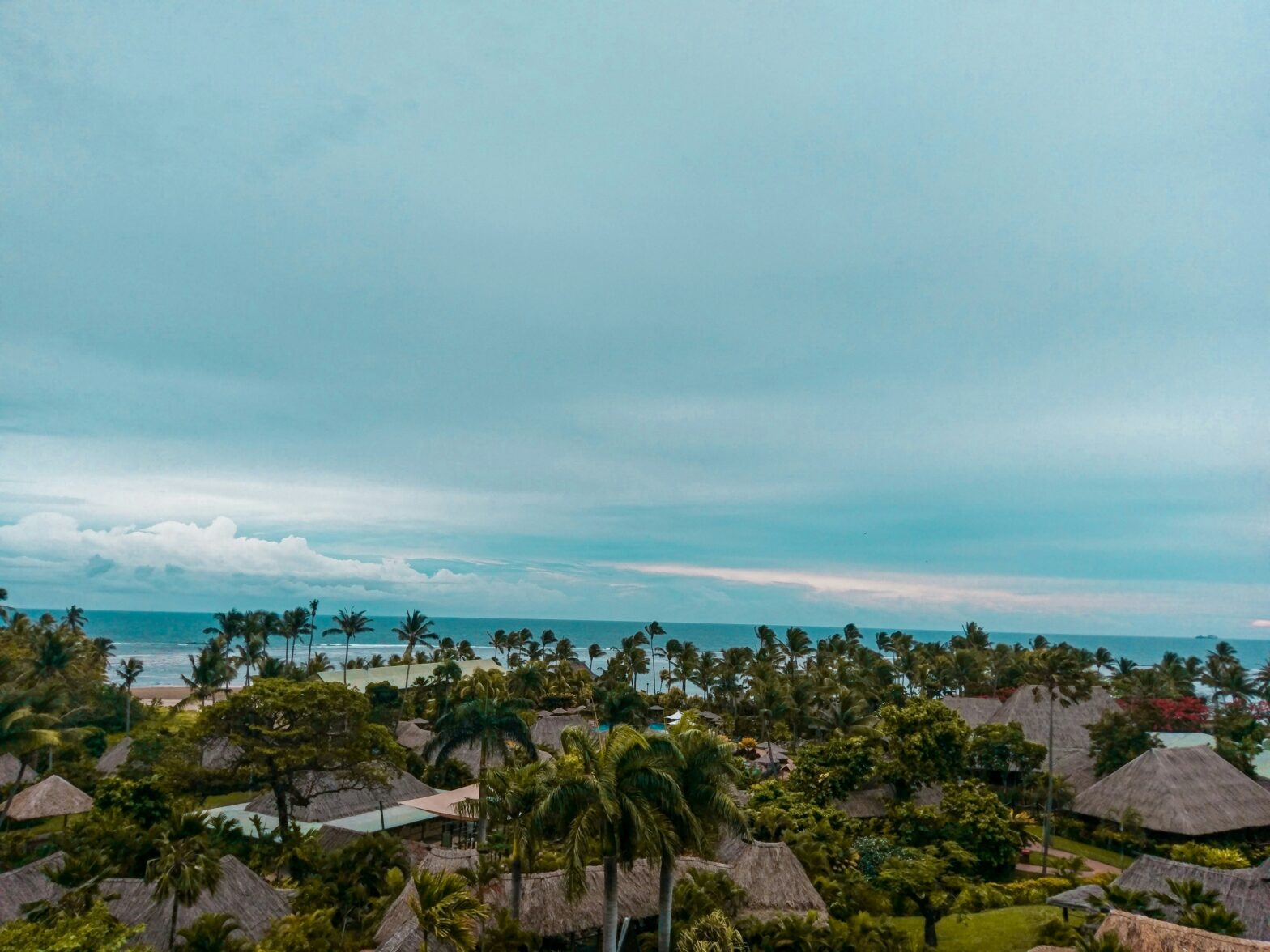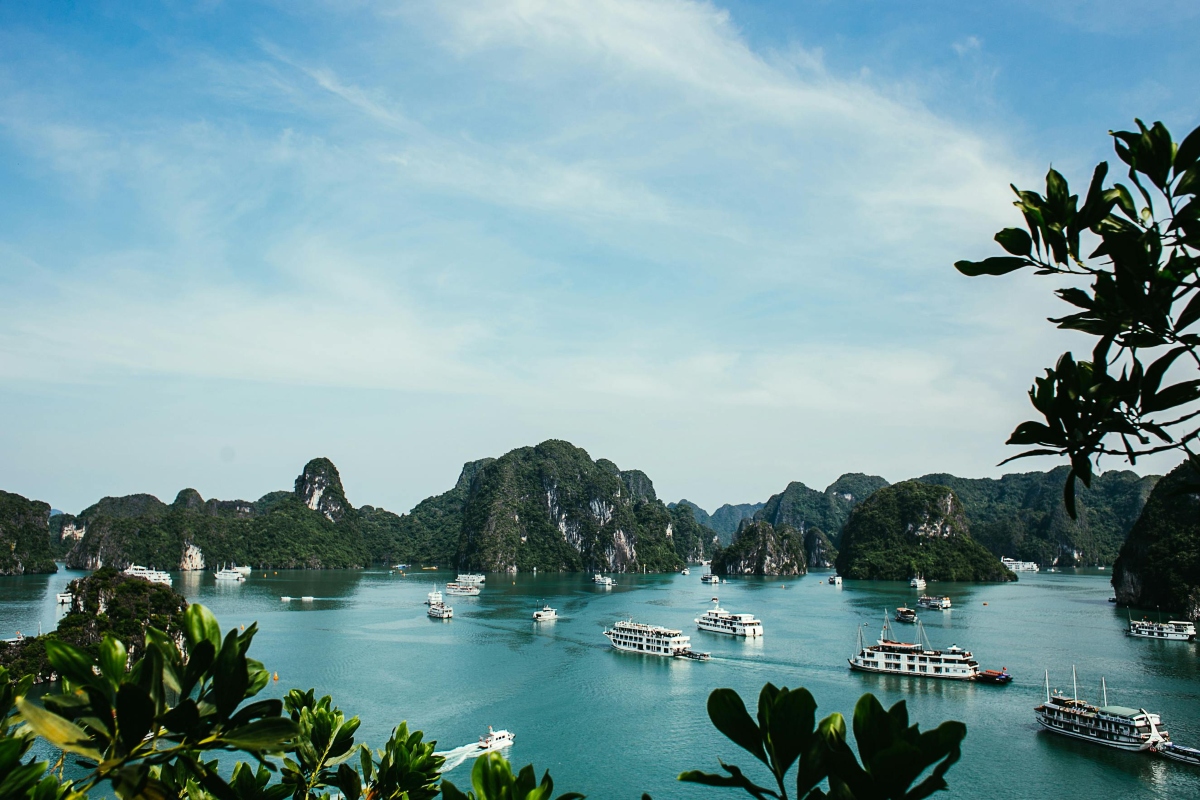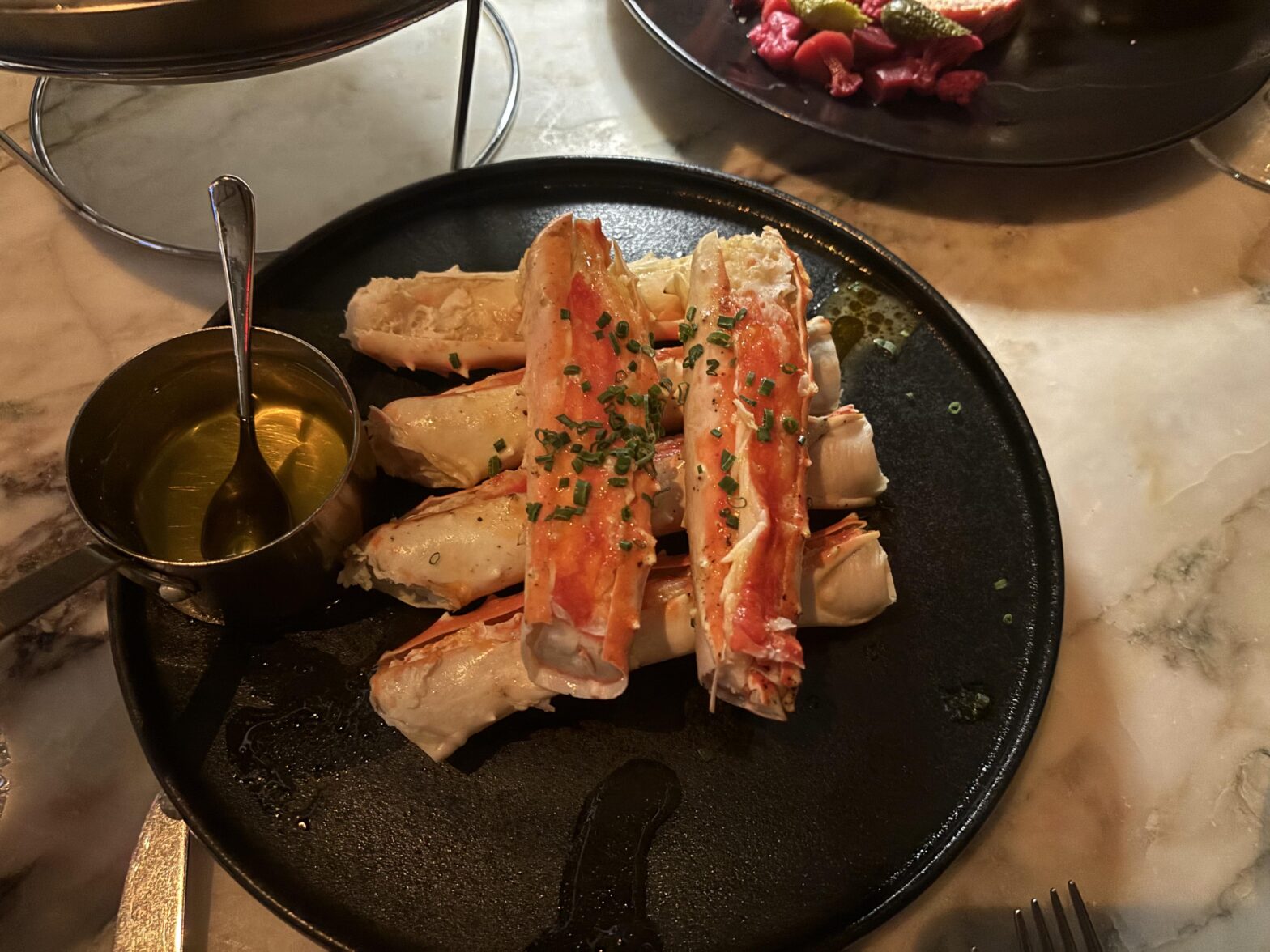It’s 8:20 am on the 29th of May, the gates for my flight to Cuba from London’s Heathrow airport close in 10 minutes and I am currently stuck in traffic about an hour away.
Rookie mistake.
I know you may be thinking why didn’t I leave home on time, but sometimes you just can not beat the traffic in London.
By 9 am I was feeling relieved as I got off the phone with Air France’s customer service, who managed to move me to another flight departing at 11 am (at an additional cost of £130 of course!), but at least my dream of being in Havana sipping on a cocktail while shaking my hips to salsa music hadn’t come crashing down.
RELATED: Connecting To The African Diaspora In Cartagena
Fast forward 10 hours later and my long-awaited Havana experience and 1st long haul solo trip was about to begin. The immigration queue was chaotic and long however I found myself being ushered to start a new queue and five minutes later I was waiting for my luggage. I had read somewhere warning travelers of lengthy waits to retrieve checked in luggage in Cuba and I experienced it firsthand. Three hours later I was leaving the airport with no luggage, but a customs form stating that my luggage was still in Paris and it would arrive in Cuba in two days. Shocked, frustrated and irritated I walked towards a man smiling holding a poster with my name. Boy was I glad to see him. I was staying at an Airbnb and I would highly recommend asking your host to arrange a taxi for you prior to your arrival since it saves you the hassle of searching for a driver and negotiating a good rate.
Before leaving the airport, the driver with limited English gestured that I exchange money. £100 gave me 128 CUC. The taxi was no luxury car, from not being able to open the passenger door from the outside, hanging interior, seatbelt not working and even the absence of air conditioner and a wing mirror. I assumed all cars were those fancy convertibles Cuba is known for, but during my time in Cuba, I became accustomed to the lack of roadworthy public transportation and took it with a pinch of salt.
A 30-minute bumpy ride later I was climbing up steep stairs checking into my crib. My host gave me a quick “need to know” introduction including nearby tourist attractions, restaurant recommendations and Wi-Fi spots. Since the internet, it new to Cuba, it is restricted to certain places (usually a park) after purchasing a temporary internet card.
The next morning, I was eager to explore what Havana had to offer and not even jet lag, language barriers of a lack of clean clothes was going to stop that. Luckily, I was introduced to a family friend who is currently studying in Havana and she became my tour guide. Rather than taking a city tour via the costly tourist traps known as the vintage Cadillac cars, I opted to ride the open top Havana Tour bus setting me back only 10 CUC for the whole day. Some daytime highlights included selfies at monuments such as Capitolio, Plaza de la Revolution and picturesque, colorful decaying houses.
Understanding the currency in Cuba will give you an advantage when it comes to buying and trading. With two currencies, as a tourist, you carry CUC as opposed to the cheaper, more welcomed national money CUP. Paying with cash is a must. I only managed to pay by card at one restaurant during my stay. Check your change when you pay in CUC to make sure you receive CUC back as this is a scam that travelers unknowingly fall for. My friend even spotted an error once when I got shortchanged.
Cubans can spot a traveler from a mile away, and as a result, you are seen as a walking ATM. I was hustled on my 1st day in the city when one guy felt he had the right to a tip because he gave me directions to a monument. Fortunately, not everyone wants your money, and others happily strike up a conversation as a way to practice their English or better yet profess their love for “a sexy lady.”
Reunited with my missing luggage and taking a break from wandering the bustling streets of Havana, I journeyed two hours to Varadero, a popular beach resort town with the intention of spending three days. I boarded a viazul bus costing 11 CUC which must be pre-booked a day before travel from a bus station or any hotel (I booked mine via hotel Capri). Mid-way, we made a pit stop near Matanzas at Penon del Fraile (a service station) for a toilet break and enjoyed a refreshing pina colada making the trip worthwhile along with the countryside views.
The vibe in Varadero is more relaxed and is perfect for strolling through the sandy beaches, diving into crystal clear waters and indulging in delicious seafood. Though peaceful, I found myself hitchhiking the next bus back to Havana after two days. Don’t get me wrong, Varadero was beautiful. however, the city girl in me just couldn’t sit back and do absolutely nothing. I missed the hustle and bustle.
Is Cuba safe? Contrary to some reviews I read and some comments from friends who hadn’t visited, I personally didn’t encounter any troubles during my trip. Instead, I walked carefree in the streets of Havana and Varadero. I am a cautious traveler and the type that carries her passport around rather than using the hotel safe box type, but I made sure that I didn’t flaunt personal items like cash or phones and I dressed to not bring attention to myself.
When it came down to the food, my taste buds were not always jumping for joy. Given the diverse influences of Spanish, African and Native American flavors across Cuba my expectations were let down. I had packed snacks and drinks to get me through my trip as I was not always willing to dine out. The moments that I did manage to eat out, I found that rice and beans were a common dish, sometimes accompanied by shredded meat (beef or chicken), plantain and a dry salad.
Pinpointing an accurate travel budget is a mystery in Cuba. With the two currencies, it can be difficult to keep track, but I did my best to document my daily cost. My accommodation was handled and paid for prior to my arrival, and I spent no more than 25 CUC per night for accommodation. I spent a total of nine days in Cuba. On average, I spent 15-20 CUC on food, transportation and beverages (mainly bottled water) daily. This amount fluctuated when I purchased an internet card or bought an alcoholic beverage (Mojitos cost 6 CUC at the famous Hotel National or 2 CUC at a local bar, for example). I maintained low costs by engaging in free recreational activities like wandering around the city and going to the beach.
A key tip to travelers: Bring your own toilet paper! Other toiletry essentials include hand sanitizer, insect repellent, paracetamol and anti-sickness pills as they are hard to find or will be heavily priced.
Despite the bumpy start, Cuba did come with its life lessons, especially when it comes to being patient. That feeling that Cuba is stuck in time was certainly in the air.
Cubans are far from being prompt whether it is in their customer service or way of life. As an experienced traveler in Europe, I expected them to welcome and adjust to tourist mentality which shouldn’t be the case as I was a foreigner and learning about a new culture, thus I had to adapt to match their customs. The restriction to the internet was still a problem for me, but Cuba is truly a destination every traveler should experience.
Caroline Sande is the founder of TravelEatSlay Apparel.
